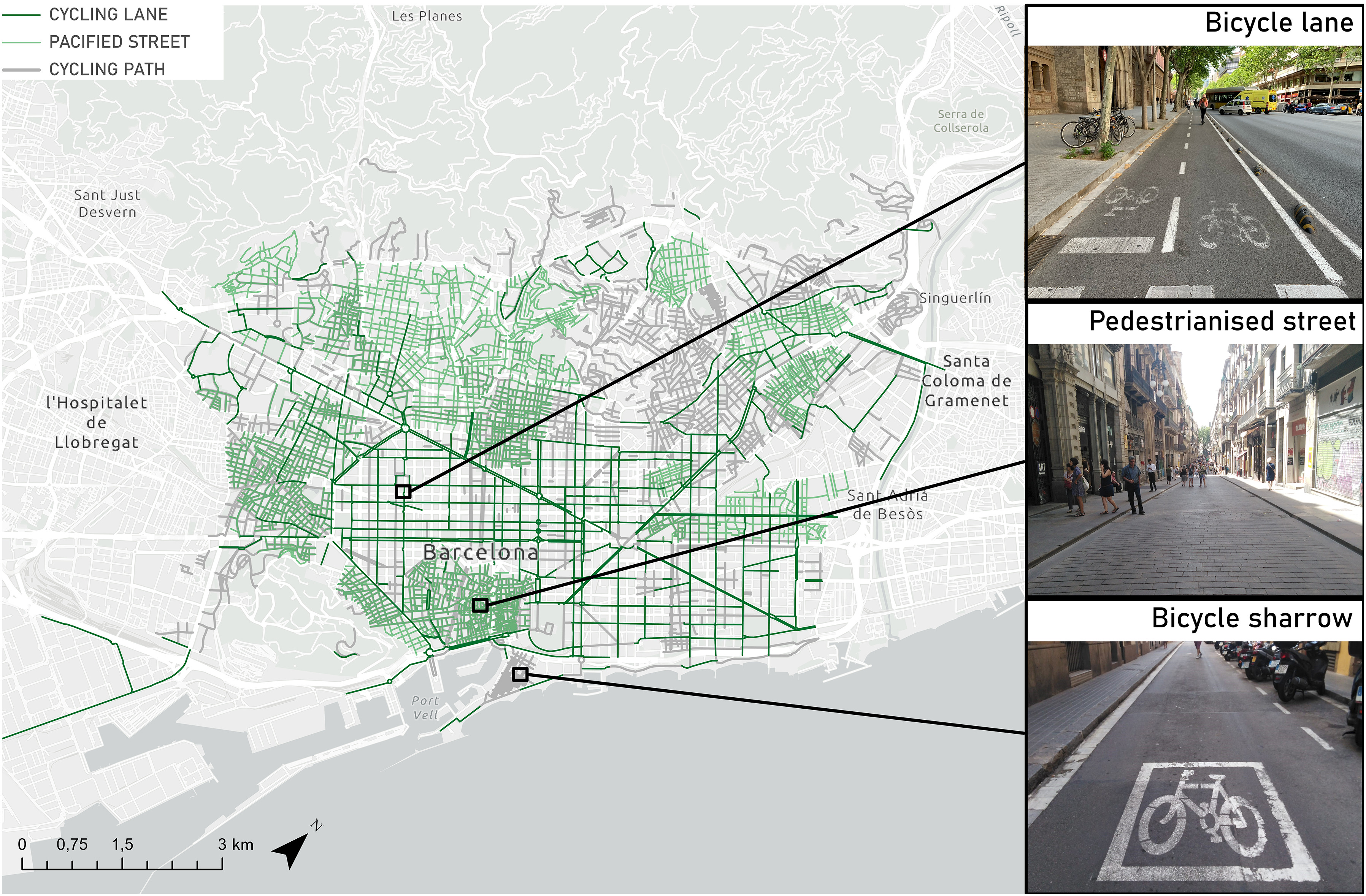This study examined the cross-sectional and retrospective longitudinal associations between erythrocyte omege 3 (ω-3) index and cognition, brain imaging, and biomarkers among older adults. Longitudinally, low ω-3 index was associated with greater Aβ accumulation and WMS cognitive decline but unexpectedly with lower total Alzheimer’s Disease Assessment Scale cognitive subscale (ADAS-Cog) cognitive decline. Although no associations were cross-sectionally found in the whole population, low ω-3 index was associated with lower WMS cognition and higher tau accumulation among ApoE ε4 carriers.
This paper identifies the socioeconomic and ecological factors that can stimulate the implementation of Nature Based Solutions in developing economies
How to determinemicroplatsctis in samples in a green way? Often sample preparation steps involve environmentally harmful chemicals. This artcile decsibes a robust, efficient and green sample preparation with a high separation quality.
Consumer behaviour towards nanopackaging, one of the most promising trends in food packaging, is systematically reviewed. Social norms, social concerns, and social media behavior are the social factors that drive consumer behaviour; while motivation, perception, learning, attitudes and beliefs, personality, and habits are the main psychological factors driving the consumer decision on buying or adopting the new trend in food packaging. Efforts supported by scientific evidence are needed to raise the awareness, knowledge and trust of consumers to improve consumers perception of sustainable packaging solutions.
This Article supports SDG 3 and 7 by providing robust evidence of an increased risk of cardiovascular or respiratory disease within 24 h after exposure to air pollution or temperature.
Microplastics are plastic pieces smaller than 5 mm in size. They are considered emerging contaminants due to their toxic effect on living organisms.
This chapter advances the UN SDG goals 11, 12, and 13 by offering two alternate approaches to Western planning—city making informed by biophilic systems and First Nations values—through Australian case studies that have similar systems of thought, aspirations, and values. The challenge is for use to adapt (or retrofit) our cities to redress climate change and our consumption values toward crafting robust, resilient, respectful and sustainable places.
This chapter aligns with SDG Goal 11: Sustainable cities and communities by discussing how smart technologies have the potential to make cities safer and more inclusive for women and gender-diverse people.
This Study supports SDG 5 and SDG 11 by discussing innovations in micro-mobility and their unequal impacts by gender.
This Article supports SDG 3 by examining the potential impact of WHO's triple-intervention elimination strategy on cervical cancer incidence among women with HIV in South Africa. The authors note that cervical cancer elimination among women with HIV would necessitate more frequent screening (every 3 years).

